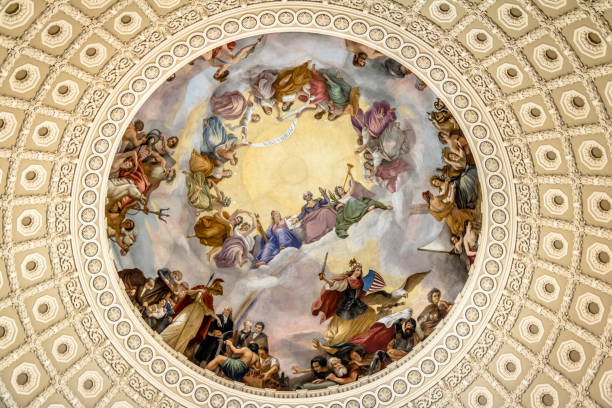Famous paintings in the world have left indelible marks on history, renowned for their visual brilliance, the stories they tell, the emotions they evoke, and the techniques that changed the course of art history. In this article, we’ll explore the most famous paintings in the world and delve into what makes each one unique.
1. Mona Lisa (La Gioconda) – Leonardo da Vinci
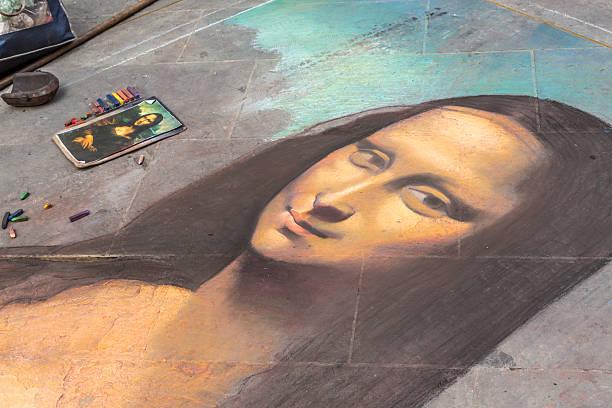
Location: Louvre Museum, Paris, France
Year: 1503-1506
Undoubtedly, Mona Lisa is the most famous painting in the world, known for its enigmatic smile and captivating gaze. Painted by Leonardo da Vinci, the work is a portrait of Lisa Gherardini, the wife of a wealthy Florentine merchant. The painting is brilliant because Mona Lisa’s expression changes with the viewer’s perspective. Da Vinci’s skillful use of sfumato enhances the painting’s depth and realism. The background shows a mysterious landscape, which contrasts with Mona Lisa’s serene demeanor, further adding layers of intrigue. The painting’s fame grew after its 1911 theft, making the Mona Lisa a worldwide cultural icon.
2. The Starry Night – Vincent van Gogh
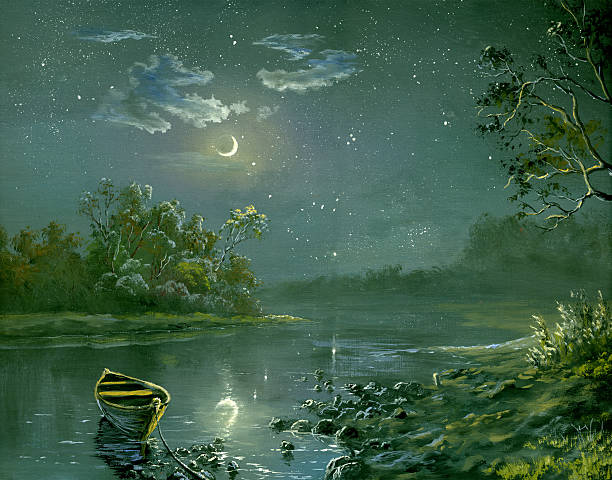
Location: Location: New York, USA; Museum of Modern Art (MoMA)
Year: 1889
Vincent van Gogh’s The Starry Night is one of the most iconic and emotionally charged paintings in art history. Painted during his stay at the Saint-Paul-de-Mausole asylum in France, the work captures van Gogh’s turbulent mental state, yet also displays a breathtaking depiction of the night sky over Saint-Rémy-de-Provence.
The swirling patterns of the sky, contrasted with the calmness of the village below, reflect the dynamic tension between chaos and peace. Van Gogh used bold brushstrokes and vivid colors, particularly blues and yellows, to create an almost surreal atmosphere. The cypress tree in the foreground stretches upwards, as if reaching toward the swirling heavens, symbolizing a connection between the earthly and the divine. This painting has become synonymous with van Gogh’s unique vision and artistic genius.
3. The Last Supper – Leonardo da Vinci
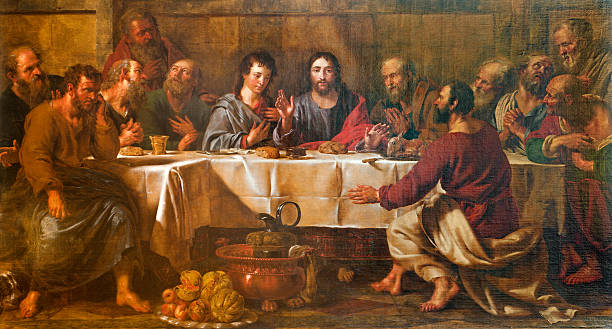
Location: Location: Milan, Italy’s Convent of Santa Maria delle Grazie
Year: 1495-1498
Another masterpiece by Leonardo da Vinci, The Last Supper is a monumental fresco that depicts the moment Jesus announces that one of his disciples will betray him. Da Vinci skillfully organizes the twelve disciples into four groups with distinct reactions to the shocking news in this painting.
The painting’s use of perspective draws the viewer’s eyes to the figure of Christ at the center, who remains calm amidst the chaotic reactions around him. The use of light and shadow adds to the painting’s depth, creating a sense of realism. Over the centuries, The Last Supper has suffered significant damage, but its powerful emotional impact and technical brilliance remain undiminished.
4. Guernica – Pablo Picasso
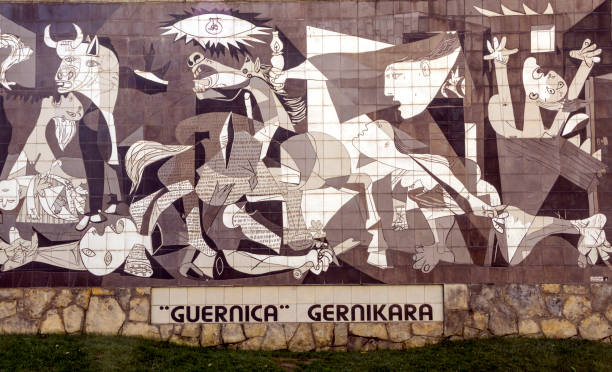
Location: Museo Reina Sofía, Madrid, Spain
Year: 1937
Guernica by Picasso denounces war, a response to the bombing of Guernica in the Spanish Civil War. This massive mural is painted in shades of black, white, and gray, reflecting the bleakness of war. The chaotic composition depicts human and animal figures in agony, symbolizing the horrors and devastation caused by the conflict. The twisted, distorted bodies, screaming faces, and dismembered limbs create a visceral representation of suffering. Picasso’s abstract forms transform this painting into a timeless depiction of war trauma.
5. The Persistence of Memory – Salvador Dalí
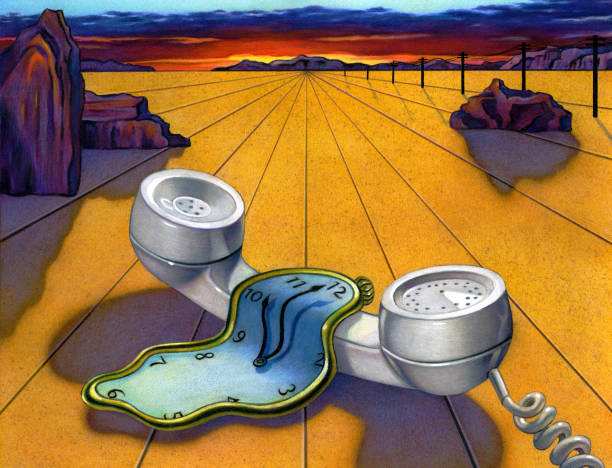
Location: Location: New York, USA; Museum of Modern Art (MoMA)
Year: 1931
Salvador Dalí’s The Persistence of Memory is famous for its iconic melting clocks on a barren landscape. The painting explores themes of time, memory, and the nature of reality. The melting clocks suggest that time is fluid and subjective, challenging the rigid structures that govern everyday life. The central mysterious figure, possibly Dalí’s self-portrait, enhances the surreal atmosphere. The contrast between barren background and strange objects blurs reality, reflecting Surrealism in The Persistence of Memory.
6. The Scream – Edvard Munch
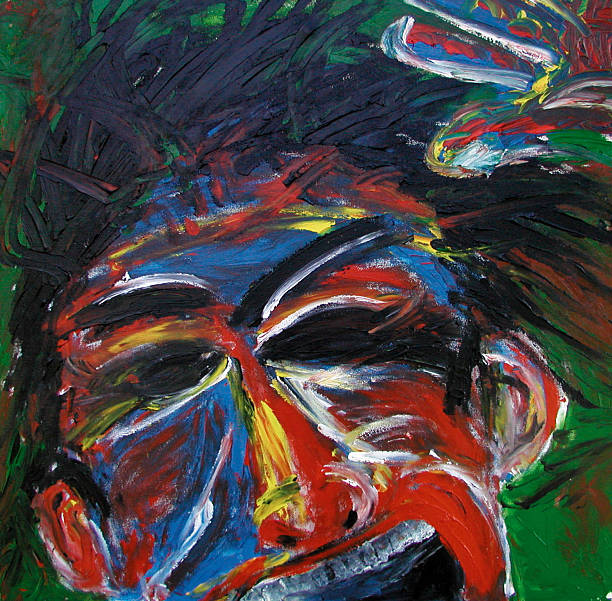
Location: National Gallery, Oslo, Norway
Year: 1893
Edvard Munch’s The Scream is one of the most recognizable paintings in the world, encapsulating raw human emotion. The central figure, with a distorted face and wide-open mouth, stands on a bridge under a blood-red sky, seemingly overcome by an existential crisis. The swirling colors of the sky and landscape, along with the wavy lines of the figure’s body, amplify the sense of anxiety and despair. Munch created multiple versions of The Scream, but they all share a sense of overwhelming emotional intensity.
7. Girl with a Pearl Earring – Johannes Vermeer
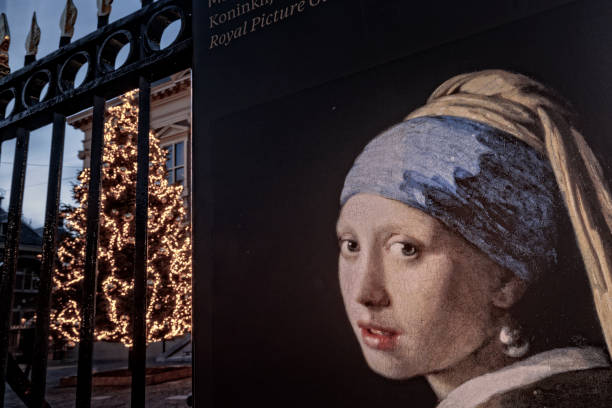
Location: Mauritshuis, The Hague, Netherlands
Year: 1665
The Girl with a Pearl Earring by Johannes Vermeer is often referred to as the “Mona Lisa of the North” because it mysteriously allures viewers with its subject’s enigmatic appeal. Unlike most traditional portraits, this work captures a fleeting moment as the girl turns to look over her shoulder, her lips slightly parted as if she is about to speak. Her exotic headscarf and the large pearl earring draw attention to her face, while the dark background makes her features stand out in stark relief.
Conclusion
These most famous paintings in the world have become cultural touchstones, not only for their artistic innovation but also for their ability to evoke universal human emotions and ideas. Whether through the mystery of the Mona Lisa, the chaos of Guernica, or the existential dread of The Scream, these works of art continue to resonate with people around the world. They remind us of the power of creativity to transcend time, place, and language, offering a window into the complexities of the human experience.
Read More: Paris Olympics 2024: Schedule, Events, and Key Highlights
FAQs: Most Famous Paintings in the World
1. Why is the Mona Lisa so famous?
The Mona Lisa is famous for several reasons. Its enigmatic smile and the way her expression changes depending on the angle of view intrigue viewers. Additionally, Leonardo da Vinci’s use of innovative painting techniques like sfumato adds depth and realism to the portrait. The painting’s fame also surged after it was stolen in 1911, attracting worldwide attention.
2. What is the meaning behind Van Gogh’s The Starry Night?
The Starry Night is often interpreted as a reflection of Vincent van Gogh’s emotional state. Painted while he was in an asylum, the swirling sky may represent his inner turmoil, while the peaceful village below suggests a longing for serenity. The painting expresses the contrast between chaos and calm, capturing a moment of both beauty and tension.
3. How was The Last Supper painted, and why is it significant?
Leonardo da Vinci’s The Last Supper is a fresco that depicts the moment Jesus announces that one of his disciples will betray him. The painting, renowned for its composition, captures the emotional reactions of the disciples and is noted for Da Vinci’s use of perspective, drawing the viewer’s eyes toward Jesus at the center.
4. What does Picasso’s Guernica represent?
Guernica is Pablo Picasso’s response to the bombing of the town of Guernica during the Spanish Civil War. It is an anti-war statement that symbolizes the horrors of conflict, with its fragmented, distorted figures representing suffering, chaos, and death. The painting’s black, white, and gray tones emphasize the grim reality of war.
5. What is the significance of the melting clocks in The Persistence of Memory?
The melting clocks in Salvador Dalí’s The Persistence of Memory are thought to represent the fluidity of time, challenging the idea that time is rigid and fixed. The painting blurs the lines between reality and dreams, inviting viewers to reflect on the nature of memory and perception.

